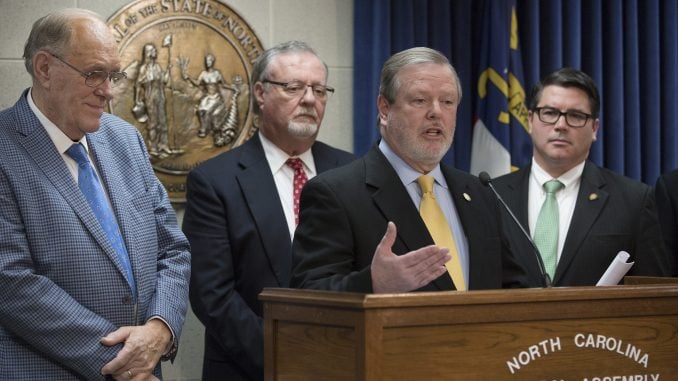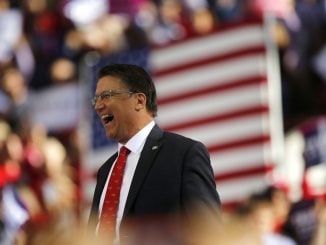
RALEIGH A Republican tax reduction plan has received attention in the media and criticism from Democrats for apparent revenue shortfalls in coming years as projected by the Fiscal Research Division of the legislature in recent report. To better understand the nuances of budgeting on both sides of the ledger and afford readers context of the budgeting process, North State Journal spoke with fiscal policy expert and senior fellow at the John Locke Foundation Joseph Coletti for his insights on revenue concerns and budgeting overall.”The first thing is, even $600 million is about 2 percent of the budget, which is within the range of normal fluctuation,” said Coletti. “We’ve had billion dollar surpluses. We’re at $400 million in excess revenue so far this year and potentially more after we get the final numbers. So $600 million is not necessarily a huge amount when taking a look at a $22 billion budget. It’s a lot of money in real terms, but given what we’re taking a look at it’s within the range of error.”The Fiscal Research Division uses a continuation budget method to project the ever-growing costs of state government programs.”The traditional way of looking at the budget is based on the [current] law and based on everything we’ve been doing,” explained Coletti. “If we were to continue this, what would it look like? With that you say population increases by this much, the number of people in poverty, and Medicaid, and the number of students at teach level of education what happens with costs. “Every year the legislature has to go in and make choices about how they spend money and how they raise money, and if you start with a continuation budget kind of approach we’re going to do the same stuff, the same way for more people, at a higher cost that’s going to affect one side of the ledger. That’s what we could be spending. If that happens, we have to make choices.”However, lawmakers often start budgeting from a different perspective and emphasizing alternate spending choices.”What became the basis each year in doing the budget is, what did we spend last year,” said Coletti. “What were things that we cut on a one-time basis and what are things we added on a one-time basis; let’s adjust for those. What are things we added midyear; let’s make those full year now that’s our starting point. In those cases we’re working like a normal family or we’re working like a normal business here’s our revenue side, how do we get costs in line with that? Or do we go with, this is what our costs are and what they’re going to be, if we don’t make changes at all in how we do things, how do we raise the money to cover that?”Coletti believes continuation is a legitimate way to project future needs and helps set boundaries, but cautions that it results in a higher level of projected costs and thus exacerbates the perception of revenue shortfalls when compared to legislative budget plans.”There are about three different ways that you can take a look at it,” said Coletti. “We’re just going to draw a flat line from this point on; you can say we’re going to grow it the same rate of population and inflation; or we’re going to take a look at historically how the budget has grown. All three of those are most likely going to be lower than the continuation side.”While spending has been less than the growth of population plus inflation and more than flat recently, even the complete state budgeting process doesn’t show the full picture. According to Coletti there is about a 60/40 breakdown between state and federal dollars spent each year, representing a total of approximately $55 billion annually. “One thing that legislature has consciously done over the last few years, and Gov. [Roy] Cooper would have done it even more, is that while state appropriations have been growing at about the rate of inflation and population, so about the same in real dollars per person, there’s been a lot of additional money coming into the state by relying more on federal dollars,” said Coletti. “It’s from a number of sources, and so in keeping the state spending in check, you cut a program that is entirely state funded and you shift that burden to something that has a federal component to it. So federal dollars end up as a lager portion of total spending.”As budget and tax considerations continue to progress in Raleigh, stay tuned for how, and where, the burden is shifting for taxpayers in the Old North State.



